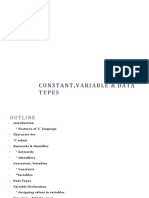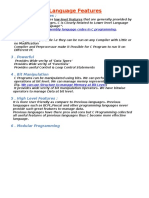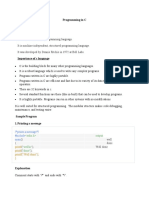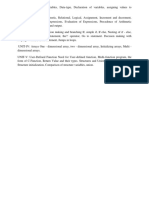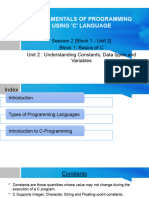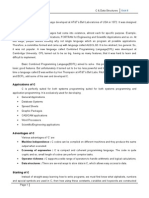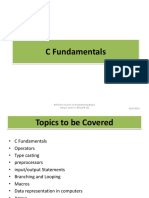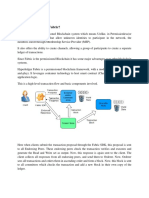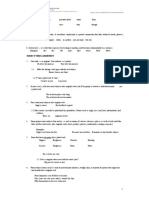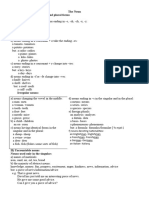0% found this document useful (0 votes)
37 views50 pagesSlide 02 - Declare Variable and Assign Value
The document provides an overview of the structure and fundamentals of a C program, including components such as preprocessor commands, functions, variables, and comments. It details the types of data, variable declaration, and the importance of identifiers and keywords in C programming. Additionally, it discusses common errors encountered in C programming, including syntax, linker, runtime, and logic errors.
Uploaded by
Muhiuddin ArifCopyright
© © All Rights Reserved
We take content rights seriously. If you suspect this is your content, claim it here.
Available Formats
Download as PPTX, PDF, TXT or read online on Scribd
0% found this document useful (0 votes)
37 views50 pagesSlide 02 - Declare Variable and Assign Value
The document provides an overview of the structure and fundamentals of a C program, including components such as preprocessor commands, functions, variables, and comments. It details the types of data, variable declaration, and the importance of identifiers and keywords in C programming. Additionally, it discusses common errors encountered in C programming, including syntax, linker, runtime, and logic errors.
Uploaded by
Muhiuddin ArifCopyright
© © All Rights Reserved
We take content rights seriously. If you suspect this is your content, claim it here.
Available Formats
Download as PPTX, PDF, TXT or read online on Scribd
/ 50


